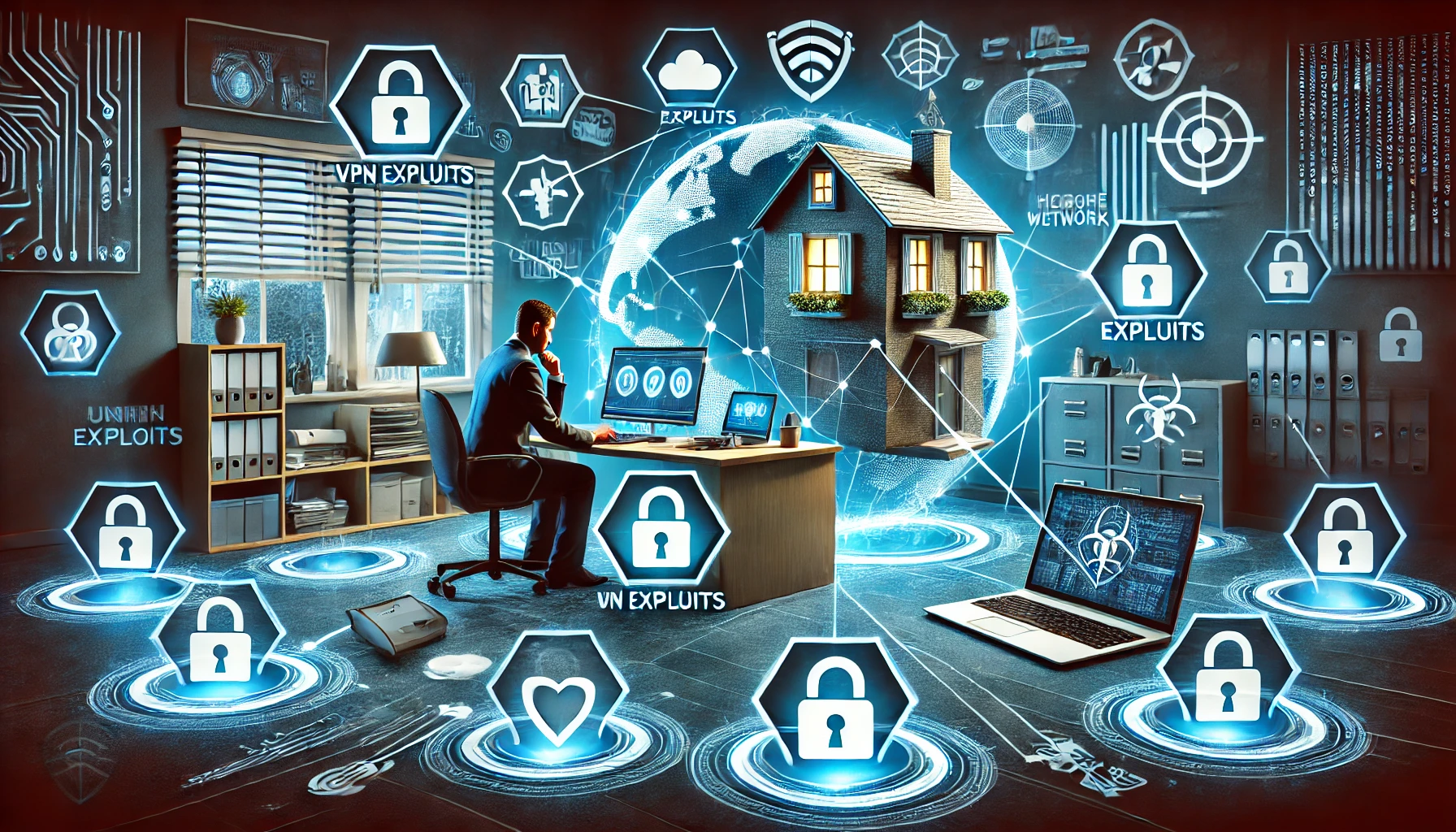Cybersecurity in the Age of Remote Work: What We Learned from the Pandemic

The Great Remote Work Shift
The COVID-19 pandemic did something unimaginable — it made millions of us realize that working in pajamas could actually be productive. However, while we were busy mastering Zoom meetings and wearing sweatpants to 'work,' cybercriminals saw an opportunity. Companies shifted operations online overnight, and this unprepared digital transition left many exposed to a whole new world of cyber threats. As businesses rushed to implement remote work systems, little did they know that their cozy home office setups were ticking time bombs, just waiting to explode.
VPN Exploits: The Digital Weak Spot
One of the biggest stars of the remote work shift was the VPN (Virtual Private Network), the golden ticket for accessing company data securely. But guess what? As companies piled on VPNs, hackers sharpened their digital pickaxes. VPN exploits surged, with attackers finding vulnerabilities in outdated systems, unsecured protocols, and, let's face it, the occasional lazy employee who forgot to update the software. It’s as if hackers had been waiting for this moment, ready to dive into your company’s data faster than you could say, 'mute your mic.'
Unsecured Home Networks: The Hacker's Paradise
Working from home sounds idyllic until you realize your Wi-Fi password is still 'password123.' With employees scattered across different homes, using unsecured networks, many companies unknowingly opened the floodgates to cyber threats. That cute 'HomeSweetHome' network of yours? Yeah, it's a hacker's playground. It’s not just weak passwords; it’s smart devices, outdated routers, and a general lack of awareness that turned home offices into cyber-risk hubs. Security measures that worked in-office didn’t make the leap to our living rooms, making us all easy targets.
Adapting Cybersecurity Policies for the New Normal
So, how do businesses survive in this brave new world? First, it's time to admit that the old 'set it and forget it' approach to cybersecurity is dead. Companies need to overhaul their policies to address this new reality. This starts with proper training. Yes, we know—nobody enjoys cybersecurity seminars—but empowering employees to recognize phishing attempts and secure their home networks is critical. Regular software updates, two-factor authentication (you know, that thing you forget to turn on), and ensuring VPNs are patched and up-to-date are non-negotiable now.
Cloud Security: The Savior We Didn’t Know We Needed
The cloud was our saving grace when offices shut down. But, while it enabled teams to collaborate and share data effortlessly, it also introduced a new level of risk. Misconfigured cloud settings and improper access controls became the Achilles’ heel for many organizations. So, what can we do? Companies must implement stronger cloud security protocols, encrypt sensitive data, and monitor who has access to what. Oh, and if your cloud provider offers extra layers of security — use them! Think of it as putting a second lock on the front door when you know you’re living in a bad neighborhood.
Cybersecurity Tools: Your New Best Friend
Thankfully, we aren’t helpless. Advanced cybersecurity tools can save the day. From endpoint detection and response (EDR) to sophisticated threat detection systems, businesses have access to a whole suite of defenses. These tools aren’t just about reacting to threats; they help in identifying vulnerabilities before hackers get their hands on them. Also, let's not forget about the good old password managers. If you’re still writing your passwords on sticky notes, it’s time for a reality check. Password managers can ensure your 'TopSecret123' is actually secret.
The Road Ahead: Learning from the Pandemic
If the pandemic taught us anything, it's that cybersecurity isn’t just a 'nice to have' — it’s mission-critical. The rapid shift to remote work exposed gaps that businesses never anticipated, but it also presented an opportunity to strengthen their defenses. Remote work is here to stay, and with it, the need for robust, adaptive cybersecurity measures. Companies that fail to prioritize this will continue to find themselves on the wrong end of a data breach. And let’s be honest, no one wants to be the next headline in a cybersecurity scandal.
Conclusion: Is Your Business Ready for the Next Cyber Challenge?
As we move forward in this digital-first world, the question isn't whether cyberattacks will happen — it's when. So, is your business prepared for the next wave of cyber threats? Are you updating your systems, educating your employees, and securing those home networks? In the end, cybersecurity isn’t a one-time effort; it’s an ongoing commitment to staying one step ahead of hackers. So, are you ready to protect your business, or are you just hoping for the best?



